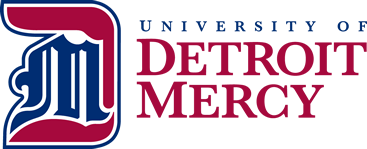

This is a good place to start. Databases search for your search terms in specific search fields of the reference record (e.g. title, abstract, author supplied keywords, journal title, etc.)
Determine alternative terms, names, or synonyms for these concepts, as needed





Here are some tips to find more results: